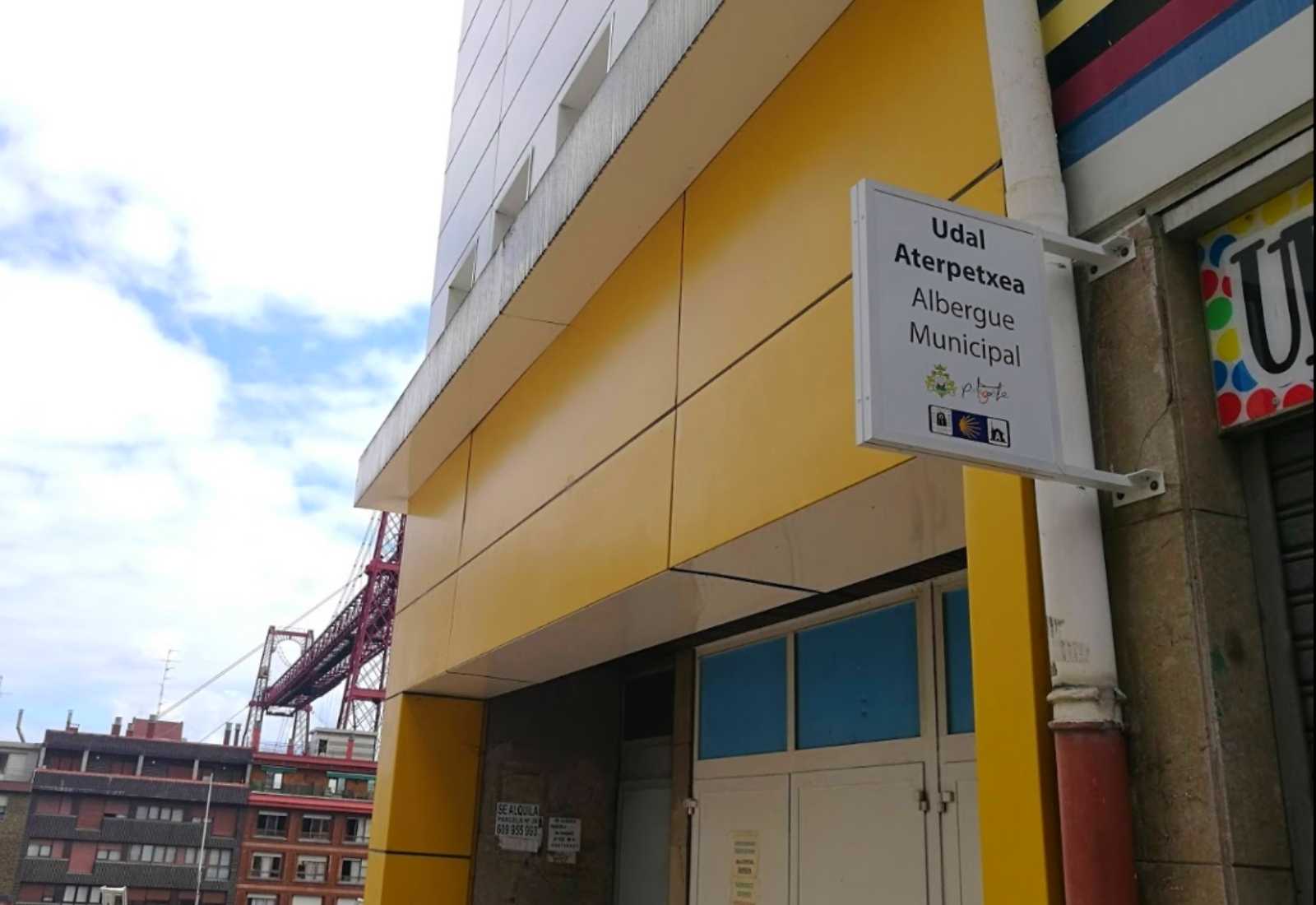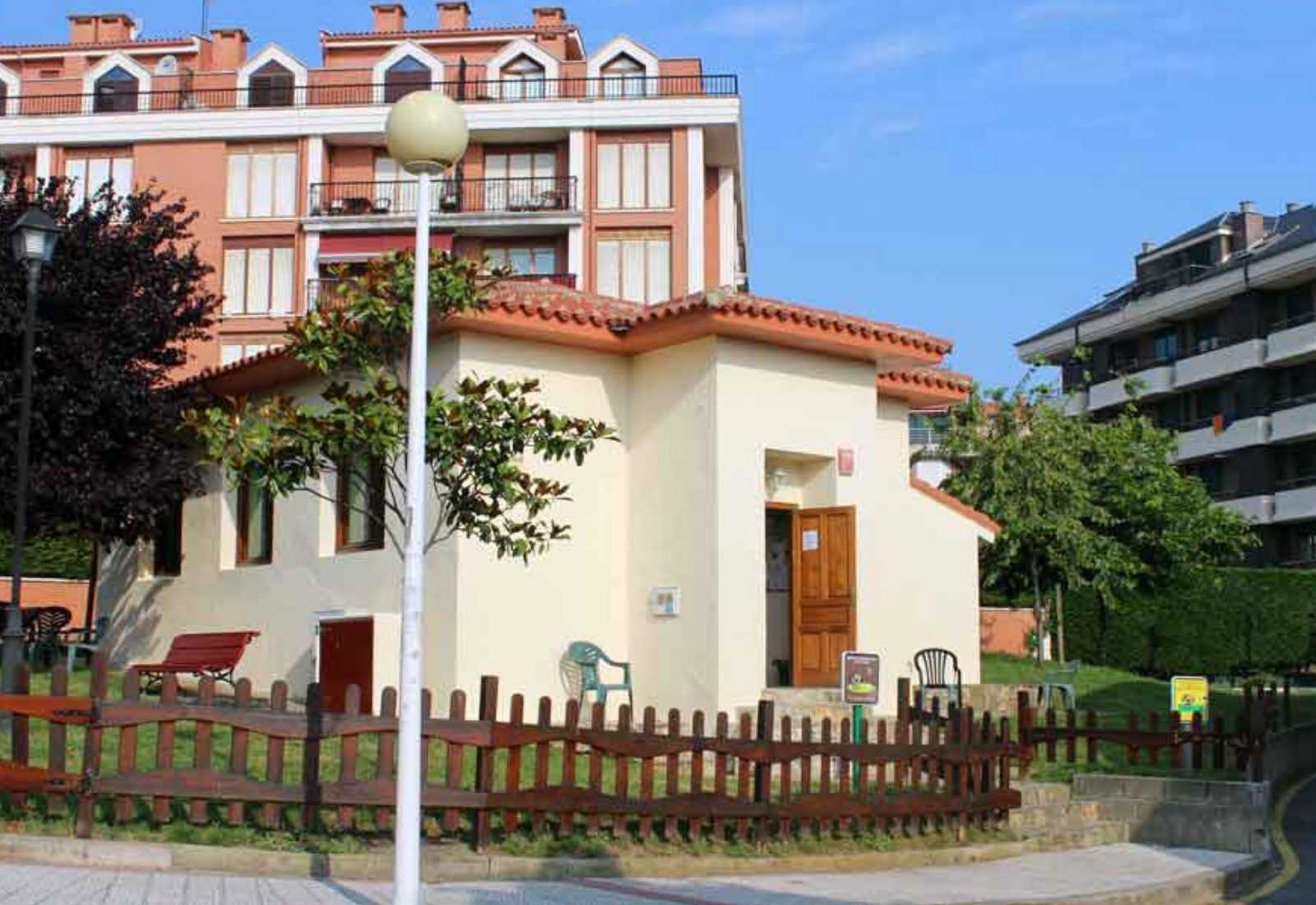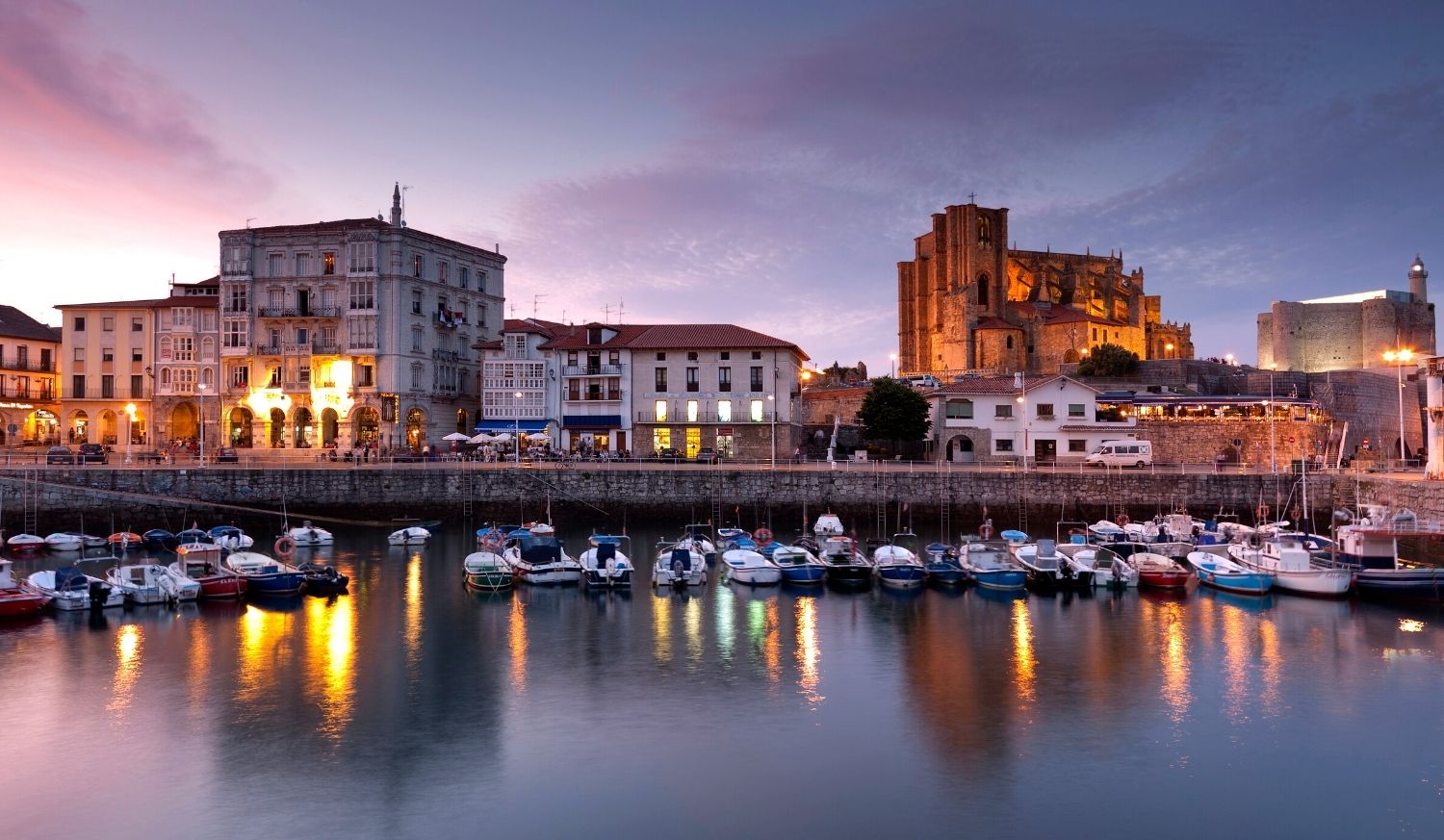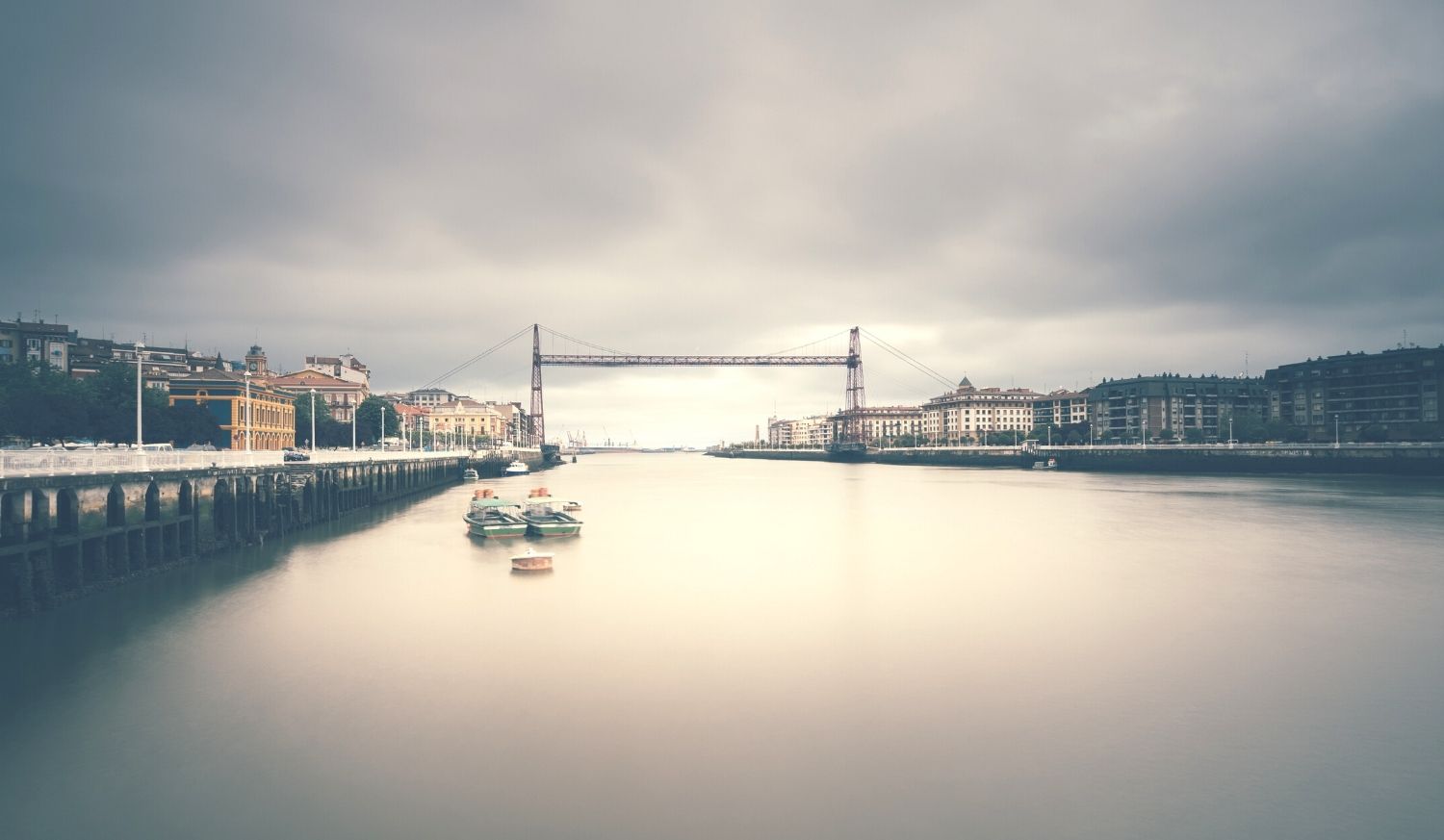Information
In this stage we say goodbye to the Basque territory. to enter Cantabria. We are sure that you are going to miss Basque food a lot, but don’t worry, we assure you that in Cantabria you will continue eating just as well. This time we are leaving Portugalete to put heading for Castro Urdiales, one of the most populated towns on the Cantabrian coast.
Leave Portugalete along Casilda Iturrizar street and Carlos VII avenue, until you reach the bidegorri, in the direction of crossing the Cantabrian border to reach Castro Urdiales. A bidegorri is a cycle path, which in this case is very frequented by walkers and cyclists. We will continue straight on along the cycle lane until we change to another one towards the Nocedal neighbourhood and the town of Gallarta.
From Gallarta we still continue walking along the bidegorri. This section of the road is the one with the most changes of crossings and passes under and over the motorway. It is the moment that confirms that we are leaving the periphery of the metropolitan area of Bilbao.
Once we have passed the “scalextric” of roads, we continue along another cycle path to the beach of La Arena, from where we continue to Pobeña.
Once in Pobeña, we start the most beautiful stretch of the whole stage, going into the Paseo Itsaslur. This walk is a greenway that runs along the route of an old mining train and enjoys stunning views over the coast. After walking about 2 kilometres, we will cross a passage known as “El Hoyo”, which indicates that we are leaving Euskadi to enter the Autonomous Community of Cantabria.
We continue walking along the greenway, this time in Cantabria. Our path runs parallel to the coast. The next point of reference will be the town of Ontón. From Ontón we have two options to get to Castro Urdiales: the official route (14.8 km) and a direct alternative (8.1 km). We are sure that your choice will depend on how tired you are at this point.
The official route passes through Baltezana, Otañes, Santullán and Sámano. On the other hand, the alternative route crosses directly to Castro Urdiales passing only through Mioño. From Mioño we will have the option of continuing to Castro Urdiales by the interior or by a coastal path.
To consider
The public pilgrims’ hostel in Castro Urdiales is located at the exit of the town, so those who take this option will have to continue walking for another 1.5 kilometres, which is a good reason to prepare for the stage before leaving Portugalete.
Places of interest
- Hermitage of Nuestra Señora del Socorro
- Church of St. Nicholas of Bari
- Ore loading bay – Mioño
- Church of Santa María de la Asunción – Castro Urdiales
- Hermitage of Santa Ana – Castro Urdiales
- Cave of the Cuco – Castro Urdiales
Typical dishes
- Cuttlefish in its ink (squid)
- Sardines and bonito (in summer)
- Sea bream and mackerel (in winter)
- Land snails
- Canned anchovies, tuna and mussels
- Dessert: sobaos and quesadas
Photos
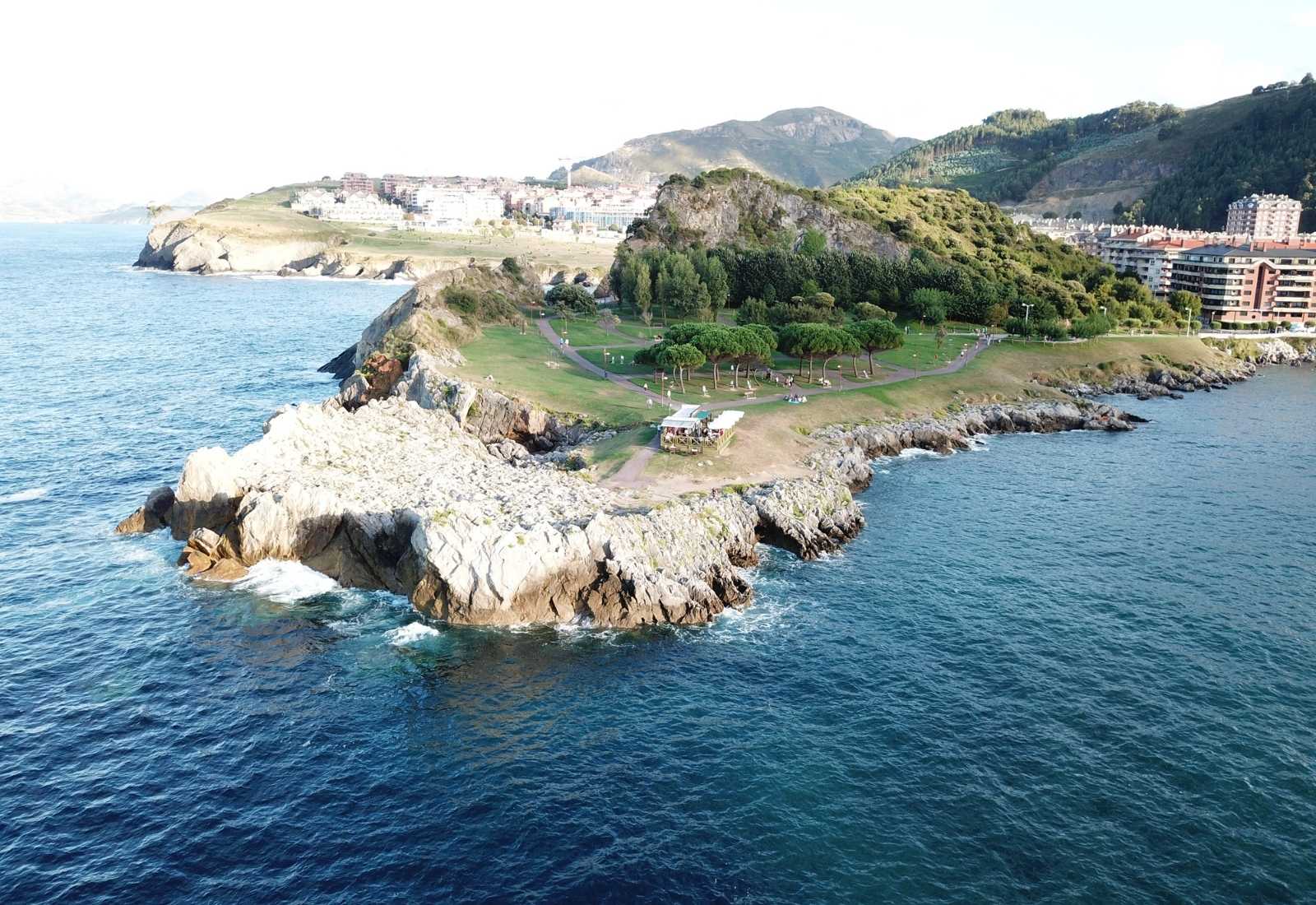
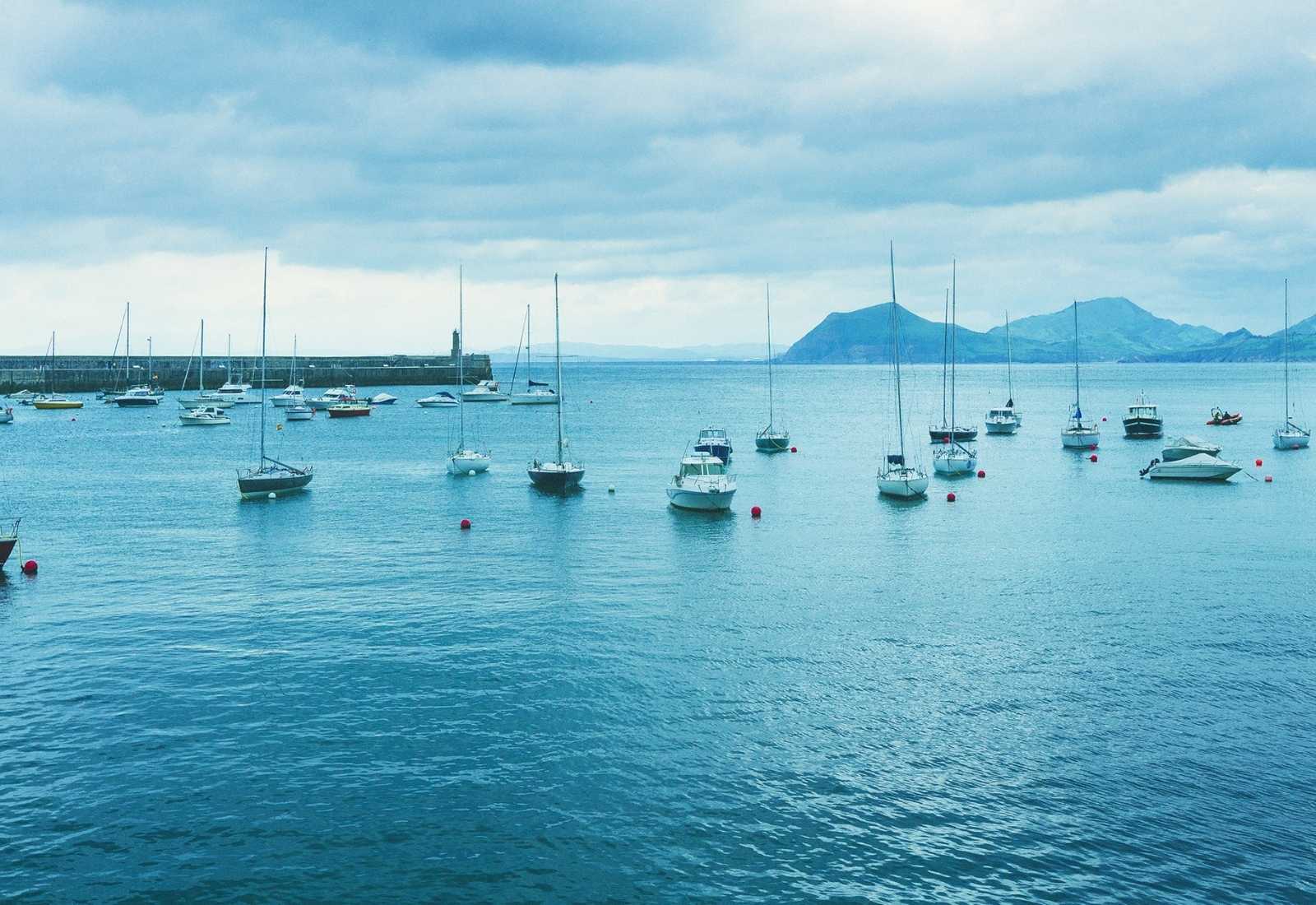
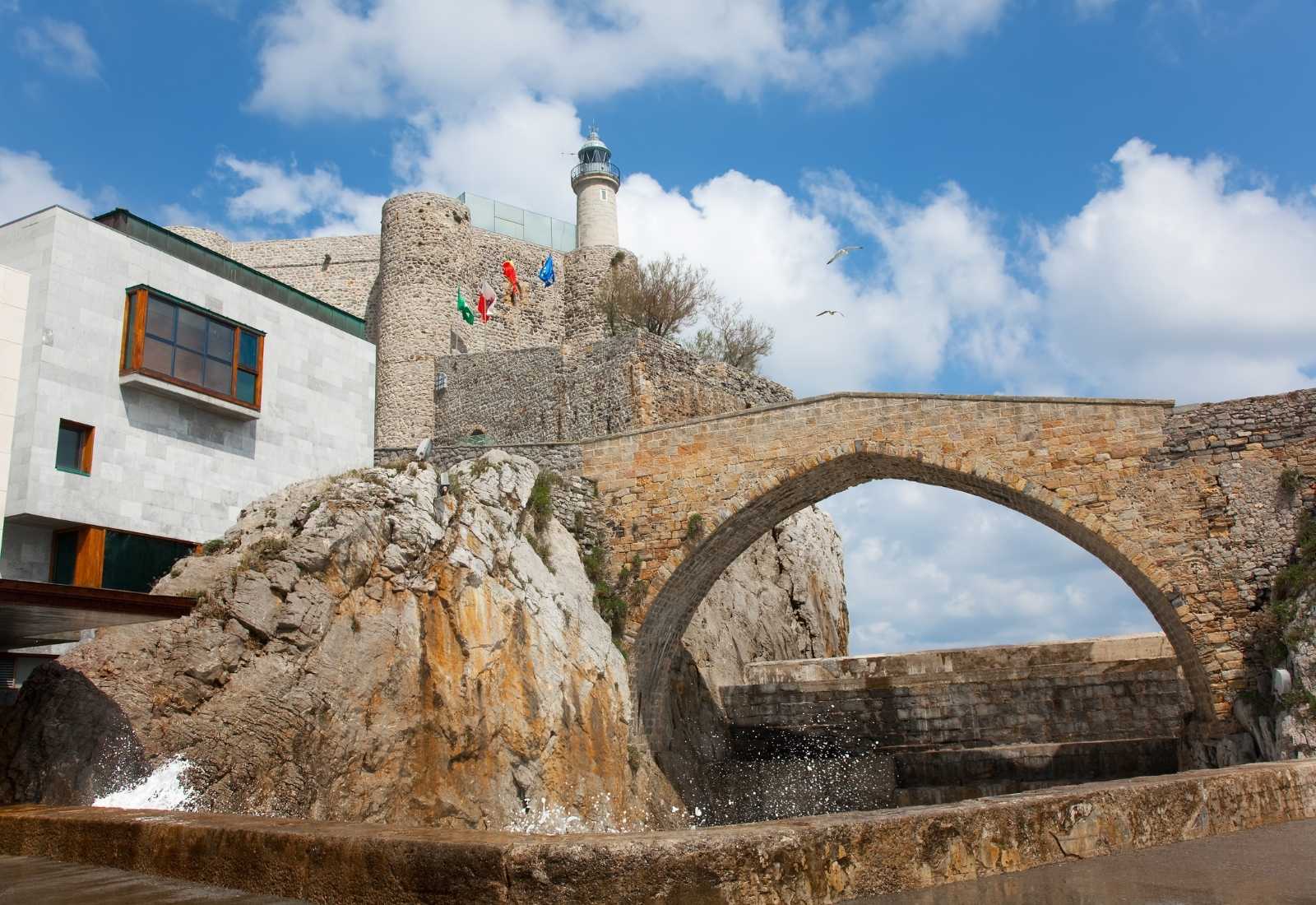
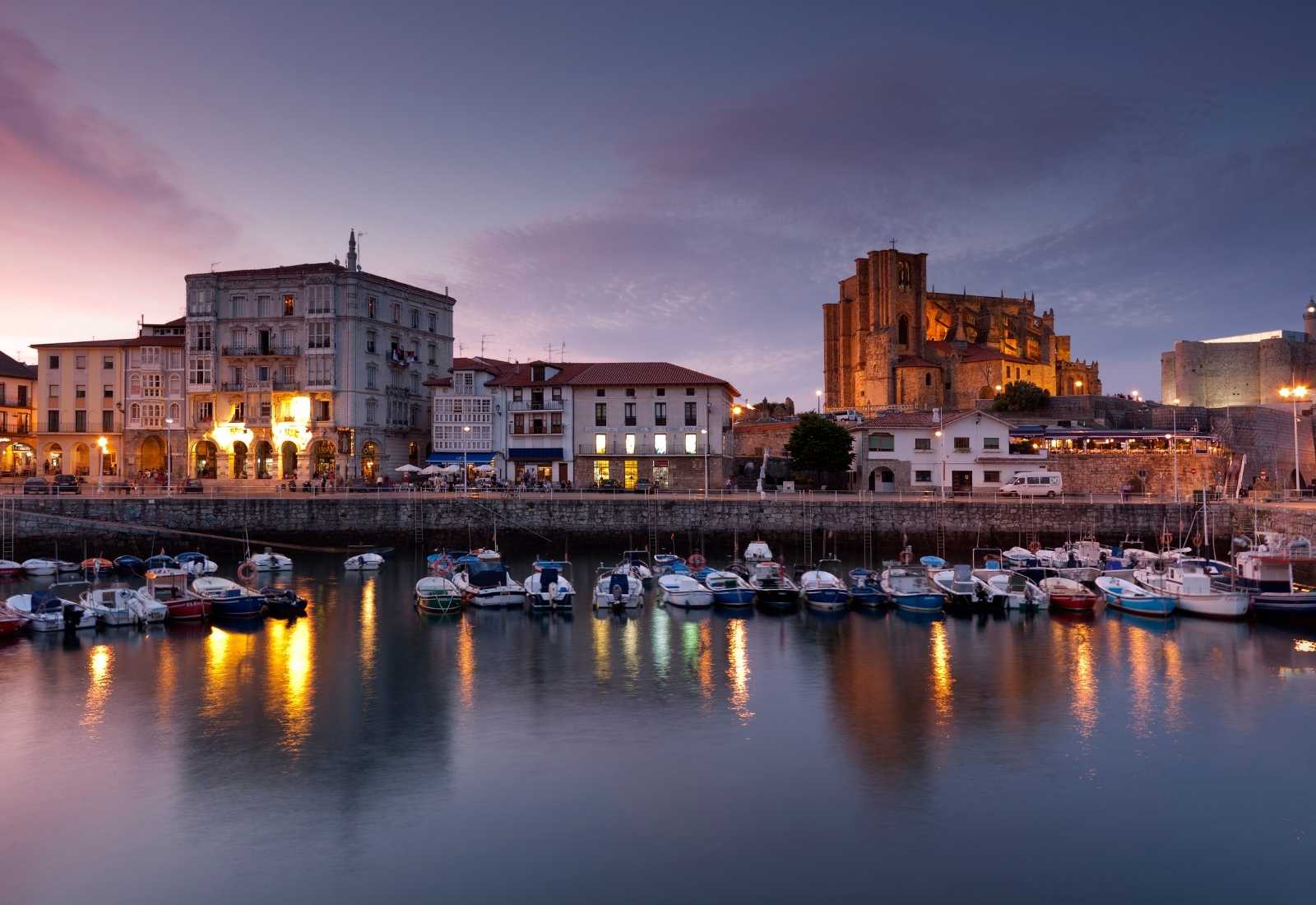
Hostels
Portugalete Pilgrims' Hostel
Dirección: C/ Martín Fernández Villarán, 2 48920 Portugalete – Vizcaya.
Teléfono: (+34) 944 729 320
Email: [email protected]
Web: No disponible
Pilgrims' hostel in Castro Urdiales
Dirección: C/ Subida a Campijo, s/n. 39700 Castro Urdiales – Cantabria.
Teléfono: (+34) 942 871 512
Email: [email protected]
Web: No disponible

